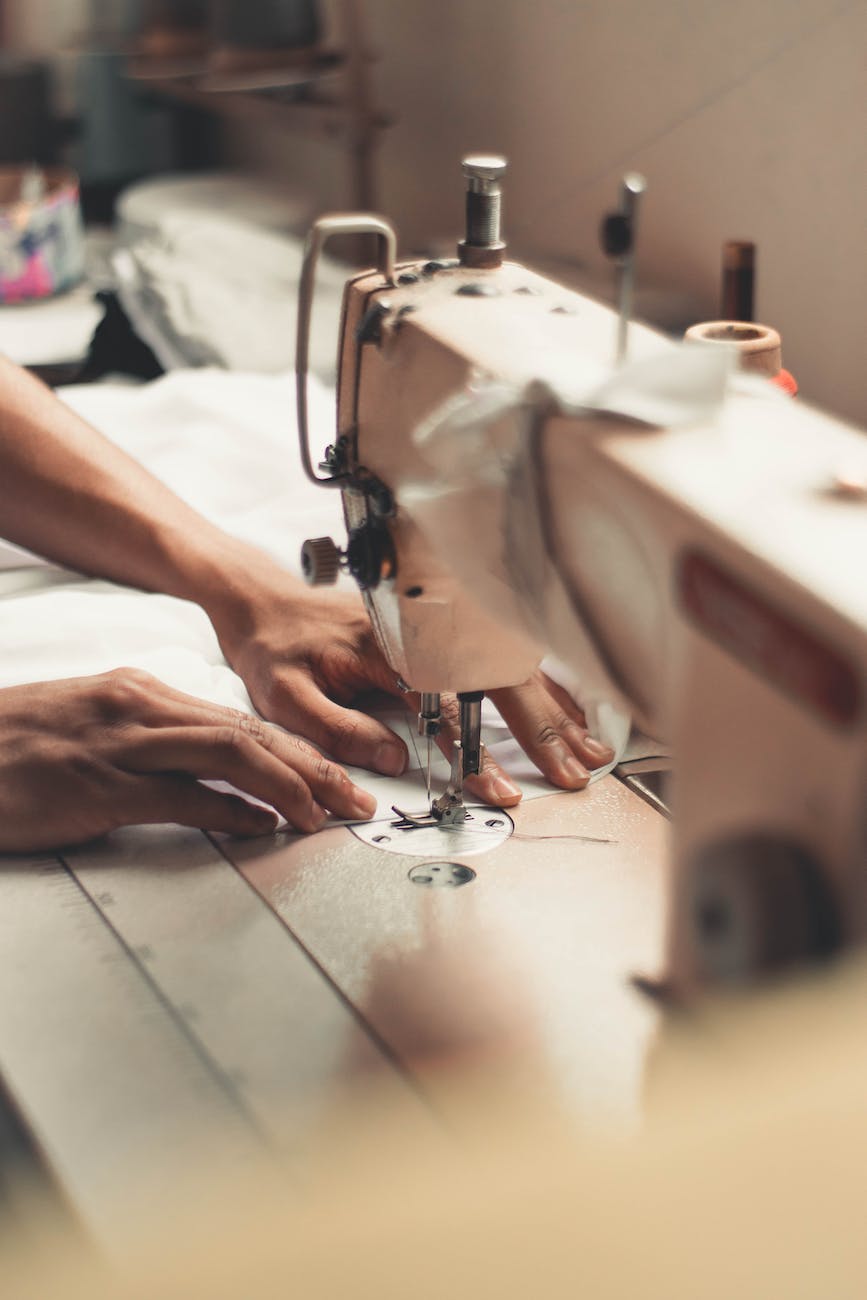choosing the right sewing machine: a comprehensive buying guide
Choosing the Right Sewing Machine
Sewing machines come in a wide range of models, from basic to professional grade. It is important to choose a machine that is appropriate for your needs and skill level.
Consider the following factors when choosing a sewing machine:
- Stitch selection: How many different stitches do you need? Some machines have a limited stitch selection, while others have hundreds of stitches.
- accessories: What accessories do you need? Some machines come with a variety of accessories, such as a walking foot, buttonhole foot, and zipper foot.
- Convenience factors: How important are convenience factors to you? Some machines have features like automatic needle threaders and thread cutters.
Understanding sewing machine options helps tailor purchases to abilities and projects. For example, if you are a beginner, you may want to choose a machine with a limited stitch selection and easy-to-use features. If you are a more experienced sewer, you may want to choose a machine with a wider stitch selection and more advanced features.
Invest wisely in equipment that empowers creations. A good sewing machine can last for many years, so it is important to choose one that is right for you. By taking the time to consider your needs and skill level, you can find a sewing machine that will help you create beautiful projects for years to come.
Here are some additional tips for choosing a sewing machine:
- Read reviews. There are many online and print resources that can help you read reviews of different sewing machines.
- Visit a sewing store. Talk to a salesperson at a sewing store and ask their recommendations.
- Rent a sewing machine. If you are not sure which sewing machine to buy, you can rent one for a period of time to try it out.
With a little research, you can find the perfect sewing machine for your needs. So get sewing!
Key Considerations for Purchasing
User experience level – Computerized models suit intermediate to advanced. Mechanical machines appeal to beginners.
Primary sewing projects – Garments and quilts need more options than crafts or light home décor.
Frequency of use – Occasional users need fewer capabilities than daily sewers.
Special features required – Do wide zigzag, buttonholes, embroidery options, etc. matter?
Machine capabilities – Assess speed, presser feet included, extension table availability.
Instructional support – Does manufacturer or retailer offer lessons? Tutorials? Troubleshooting help?
Purchase budget – Entry models start under $150. Computerized $300-600. Heavy duty $600-1500+.
Types of Sewing Machines
Mechanical – Operate via turning dials/knobs. Offer basic utility stitches and straight forward operation for beginners. Less costly.
Electronic – Allow selecting stitches with button presses. LED screens display options clearly. Often offer speed control. Mid-range pricing.
Computerized – LCD touchscreens provide full stitch menus, settings, and editing capabilities. Store designs. Programmable. Most expensive but very user-friendly.
Coverstitch machines – Specialized for hemming knits and finishing edges with a coverstitch. Prevents ravelling. Ideal for activewear.
Embroidery machines – Equipped for programmed decorative stitching. Some combine sewing and embroidery. Advanced but creative.
Sergers – Sew and finish seam allowances in one step. Trim fabric edge as they stitch. Essential for knits and stretch fabrics.
Key Features to Compare
- Number of built-in stitches – Straight, zigzag, decorative, stretch, buttonhole
- Maximum stitch width and length settings
- Adjustable presser foot pressure for lightweight to heavy fabrics
- Automatic needle threader and thread cutter to save time and effort
- Drop-in bobbin or top loading to avoid struggle
- Free arm or flat bed to accommodate bulk and seams
- Warranty period, cost of tune-ups, and maintenance
Choosing the right sewing machine can be a daunting task, but it is important to take the time to do your research. By considering your needs and skill level, you can find a machine that will help you create beautiful projects for years to come.
Here are some key takeaways from this article:
- Sewing machines come in a wide range of models, from basic to professional grade.
- When choosing a sewing machine, you should consider your stitch selection, accessories, and convenience factors.
- It is important to invest wisely in a sewing machine that is right for you.
- There are many resources available to help you choose the right sewing machine.
With a little research, you can find the perfect sewing machine for your needs. So get sewing!
Here are some additional tips for choosing a sewing machine:
- Set a budget. This will help you narrow down your choices.
- Think about what you will be sewing. If you plan on sewing a variety of projects, you will need a machine with a wider stitch selection.
- Consider your skill level. If you are a beginner, you may want to choose a machine with easy-to-use features.
- Read reviews. There are many online and print resources that can help you read reviews of different sewing machines.
- Visit a sewing store. Talk to a salesperson at a sewing store and ask their recommendations.
- Rent a sewing machine. If you are not sure which sewing machine to buy, you can rent one for a period of time to try it out.
